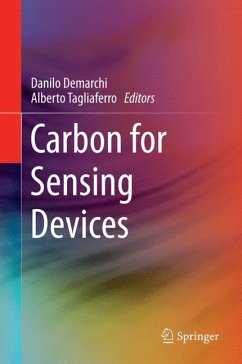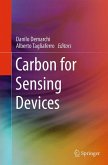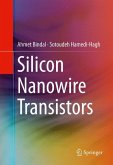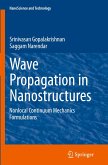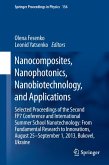This book reveals why carbon is playing such an increasingly prominent role as a sensing material. The various steps that transform a raw material in a sensing device are thoroughly presented and critically discussed. The authors deal with all aspects of carbon-based sensors, starting from the various hybridization and allotropes of carbon, with specific focus on micro and nano sized carbons (e.g., carbon nanotubes, graphene) and their growth processes. The discussion then moves to the role of functionalization and the different routes to achieve it. Finally, a number of sensing applications in various fields are presented, highlighting the connection with the basic properties of the various carbon allotropes. Readers will benefit from this book's bottom-up approach, which starts from the local bonding in carbon solids and ends with sensing applications, linking the local hybridization of carbon atoms and its modification by functionalization to specific device performance. This book is a must-have in the library of any scientist involved in carbon based sensing application.
"This book focuses on why carbon is playing such a large role as a new sensing material. It contains three parts. ... This book, loaded with beautiful full color illustrations, graphs, and tables of experimental data, would be an excellent resource for any scientist involved with carbon based sensing applications." (IEEE Electric Insulation Magazine, Vol. 31 (6), 2016)

